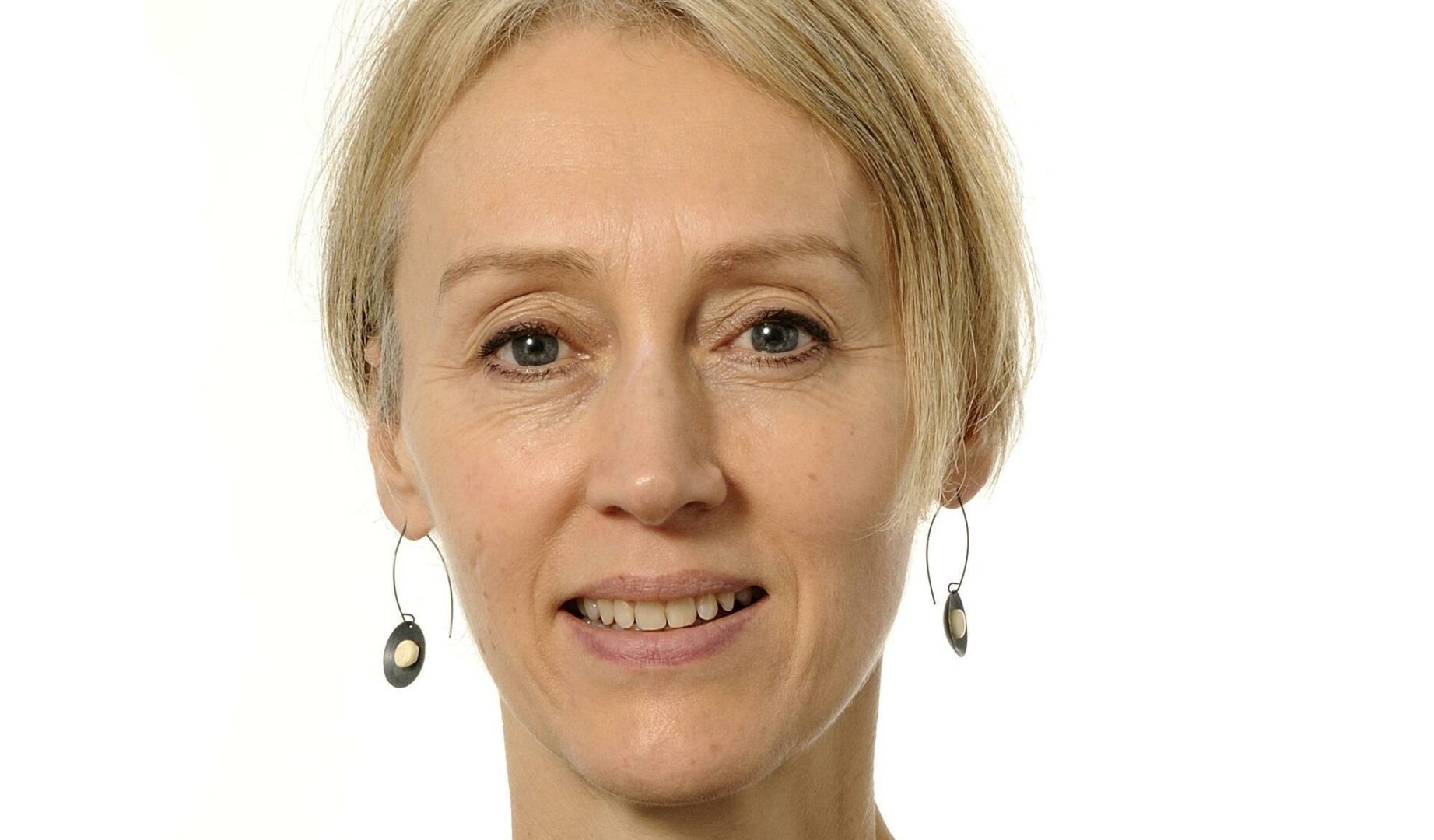By Anita Charlesworth & The Health Foundation

Recent weeks have seen the 75th anniversary of both the founding of the NHS and HMT Empire Windrush’s docking at Tilbury with passengers from the Caribbean arriving to fill labour shortages.

NHS Founder – Aneurin ‘Nye’ Bevan
Honouring the contribution of the generations who have worked so hard to make the NHS a success is important. So it was with great pride that our Chief Executive, Jennifer Dixon, represented the Health Foundation at the service of thanksgiving at Westminster Abbey.

Dr. Jennifer Dixon
Honouring the legacy
The most important way we can honour the joint legacy of the founding of the NHS and Windrush, is to ensure that the NHS and its staff can continue to thrive for generations to come. With that in mind, the focus of the anniversary has been on how to secure the future of a public service that remains so important to people across the country. Just how important is evident from our latest round of public polling with Ipsos.
But there are serious risks to the future sustainability of the NHS, which we highlighted in our joint letter to the leaders of the three main political parties with The King’s Fund and Nuffield Trust. The risks and challenges for a future NHS have also been explored in our special NHS at 75 podcast series over the last few months.

Anita Charlesworth
Tackling workforce challenges
Workforce is a big part of the challenge that needs to be addressed to secure the NHS’s future. The government marked the 75th anniversary with the publication and funding of NHS England’s long-awaited Long Term Workforce Plan.
While it is easy to be cynical about government policy announcements, in this case the publication of the workforce plan is genuinely a major moment for the health service. It won’t produce extra staff overnight and shortages will persist for many years to come. However, if it’s implemented well, it will lead to a major expansion in the number of staff in training across all professions.
The REAL Centre has been documenting the scale and pattern of workforce shortages across the NHS since 2017 and produces regular projections of future workforce demand and supply. We worked with NHS England to provide an independent assessment of the modelling approach that underpins the Workforce Plan. I talk a bit more about our role and key findings here.
Windrush is a reminder that throughout its 75 years, the NHS has been sustained by staff who were born outside the UK. Despite this, the latest NHS staff survey shows that staff from minority ethnic communities continue to experience unacceptable levels of discrimination, harassment and abuse. Ensuring that NHS organisations are safe and inclusive places to work must be a higher priority. While training new staff for the future is important, retaining the workforce of today is just as vital.
The openness of the NHS to recruit staff from abroad, and the diversity within the workforce that it creates, has always been a core strength. But the ongoing reliance on overseas trained staff also raises ethical issues. So many of those staff are now drawn from countries that can’t afford to train and lose skilled health care professionals. Our analysis of the latest Nursing and Midwifery Council (NMC) data shows that, since 2018, the proportion of new NMC registrants from low and lower middle income countries has increased from 10% to 43%. The focus in the workforce plan on reducing the reliance on international recruitment is therefore very welcome.
Our health in 2040: planning for the long term
The need to plan for the long term is brought into stark relief by our new research. Our Health in 2040 programme, a partnership between the REAL Centre and the University of Liverpool, is exploring how the health of England’s population will change over the next two decades. It is based on projections of the 20 long-term conditions that together account for two-thirds of the burden of disease. This is a major programme of new research and analysis which aims to support policymakers in preparing for the future. This report will be followed in the autumn by a second report focusing on the implications for health inequalities.
We have known for some time that the ageing population will increase the demand for health services, but we now have a much clearer idea of the scale. The research projects the number of people who will be living with major illness over the next two decades, based on trends in risk factors such as smoking, diet, exercise and alcohol consumption together with population demographics. It finds that on current trends 9.1 million people will be living with major illness by 2040 (2.5 million more than in 2019). This is an increase from almost 1 in 6 to nearly 1 in 5 of the adult population.
19 of the 20 conditions are projected to increase in prevalence, including an increase of more than 30% in the number of people living with cancer, diabetes and kidney disease. This is despite improving trends in some of the main causes of poor health, such as fewer people smoking and lower cholesterol rates. These gains are offset by the impact of obesity, as many people who have been obese for long periods of their lives reach old age.

As Tom Gentry from Age UK points out in his response to these projections, rising numbers of people living with major illness will require additional capacity across the health system but also changes to the way care is provided.
The findings also reinforce the need for the health service to embrace the potential of new technologies to improve quality and efficiency. This is becoming an increasing focus for the Foundation’s work, for example through our Tech for Better Care programme. Meanwhile, our new partnerships with NHS Providers, and NHS Confederation will support NHS organisations to learn and improve as they address the unprecedented pressures they face today.
Anita Charlesworth (@AnitaCTHF) is the Director of Research and the REAL Centre at the Health Foundation.

